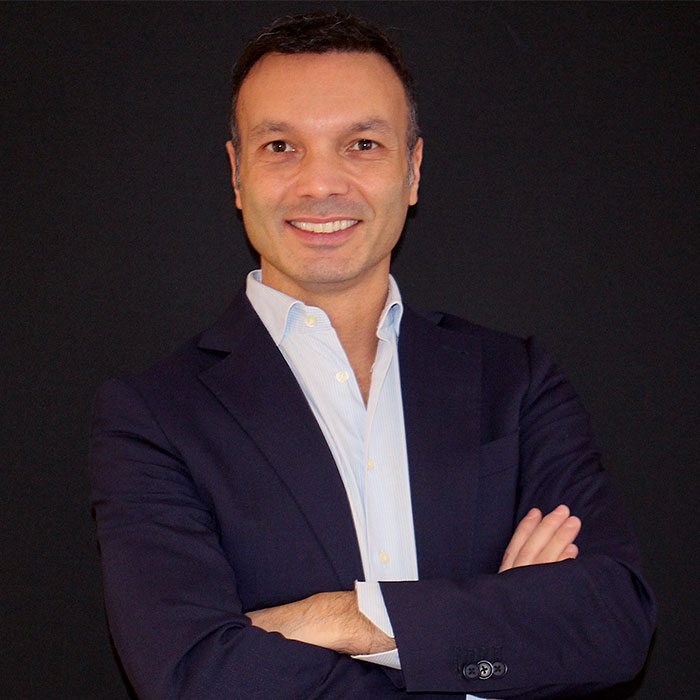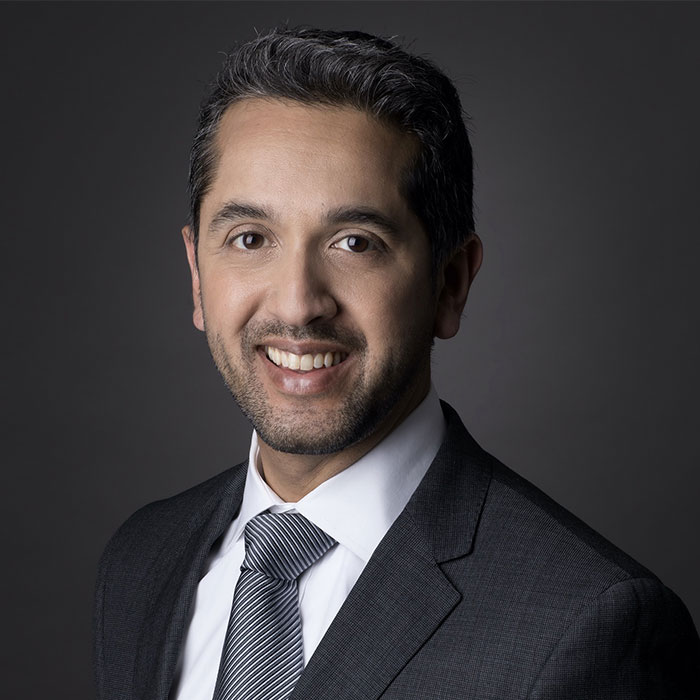
Unrivalled Care & Expertise
Trusted for over 40 years


Your wellbeing is our priority
Welcome to The Private Clinic, where your satisfaction and well-being are at the heart of everything we do.
As a leading provider of private healthcare, we are dedicated to delivering exceptional care, prioritising safety, expertise, and positive outcomes.
We specialise in a wide range of medical treatments, including Plastic Surgery, Hair Transplants, Bunion Removal, and Vascular Procedures.
With a legacy spanning over 40 years, our team of specialists offer honest advice, world-class expertise, and unparalleled care to help you achieve your goals. We are committed to guiding you every step of the way with kindness and compassion.
40 years of expert care
1800+ 5 star reviews
Established Clinics you can trust
Renowned medical experts
Experts in Cosmetic & Reconstructive Procedures
Our expert medical team can help you achieve natural-looking results with our plastic surgery, liposuction, bunion, veins and hair transplant procedures.

Cosmetic Surgery

Liposuction

Bunion Surgery
Why Choose Us?
- 98% of patients would recommend us to their friends or family
- Trusted by 15,000 patients each year
- Leading doctors and surgeons who are experts in their respective fields
- Unrivalled aftercare & support
- Customised Treatment Plans
- Pioneering techniques
- State-of-the-art facilities
- No-obligation consultations













